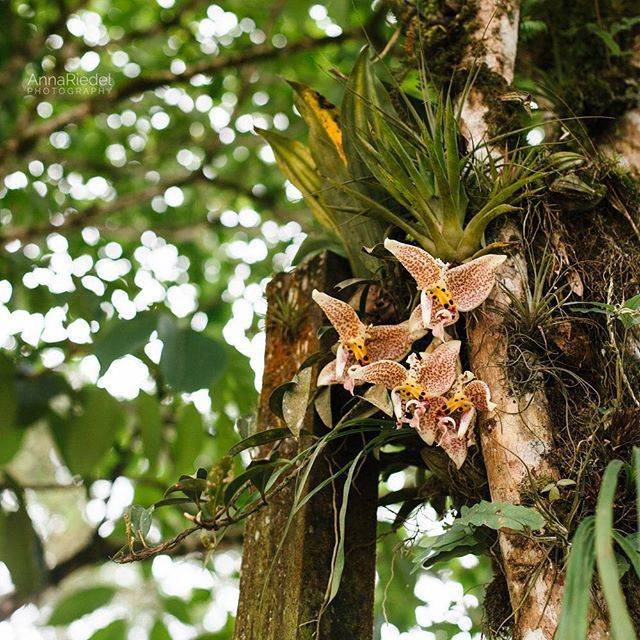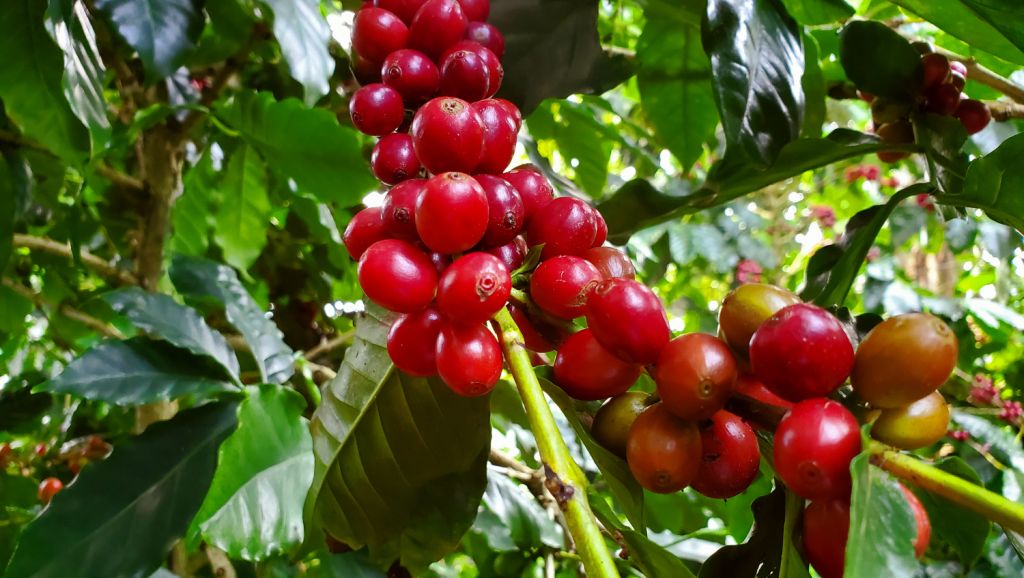
Returning to the earth what we take from it: agroecology in practice
Cayo Verde (Green Haven) is the name of a farm belonging to the Ochoa family situated in the hills of Miraflor south of Estelí. *Winnie Narváez Herrera visited the farm to find out more about the family’s commitment to returning to nature what they are consume: wood, water, fruit, seeds, animals. In other words agroecology that fosters genuine co-operation between people and nature through addressing the cultural, social, and environmental needs of the family and the community.
“When the time of life is reached
and there is a second to stop…
when the foot meets the head
despite persistent biology
and every house is a green haven” (cayo verde)
Silvio Rodriguez
When Winnie visited Cayo Verde she spoke to Maribel Ochoa who explained how the family has been putting their dreams into practice for the past 20 years. The farm is an area of huge trees and small lakes that, thanks to the shade of the forest, are well protected. It is also a space to grow fruit, vegetables, herbs, edible flowers and coffee for self-consumption and to sell locally.
Winnie writes: ‘Within the first few moments of meeting her, the thing I notice most about Maribel is that she is always on the move, carrying dry branches, “rubbish” and objects in her vehicle, all going to the farm. Then I realise that Maribel does not just carry wood; she herself is a forest!’


On the farm there are also diverse species of orchids, bamboo and medicinal plants. Among these plants the family has constructed stone walls, improved the soils, set up composting systems using worms, and reaforested areas using native trees. All this protects the water, produces wood and food, and creates hedges. They also have two manzanas (1.4 hectares) of organic coffee that produces between five and eight quintales (100 lb) annually.
Maribel goes on to explain that “one of the challenges has been to enrich the family’s diet with green-leafed plants, edible flowers and seeds. Highly nutritious leaves are harvested from the marango tree, black nightshade herb and the chipilin bush. Herbs like coriander, basil and mint add nutritional value to meals, as do seeds such as pumpkin seeds, linseed, chia, sunflower and amaranth. Edible flowers include rose petals, palm flowers, flowers of the native Gliricidia tree, flowers from gourds, and coral flowers of the Cojoba tree.”
“Mixed crop systems serve and using companion plants serve to produce good crop yields and protect the environment. For example, turmeric grows well together with fruit trees and vegetables of the nightshade family. These can be integrated with the pacaya palm which produces edible seed heads, and with heliconia to harvest as cut flowers.”
“Planting mixed crops such as these can help preserve the humidity around coffee bushes and the fruit pinuela (a pineapple relative). Coffee and pinuela in turn serve multiple functions. Apart from their fruit they provide hedging and shelter for woodland animals.”
“We are committed to compensating nature for what we have consumed: wood, water, fruits, seeds, animals,” Maribel explained.
In this way agroecology fosters genuine cooperation between people and nature because it addresses the cultural, social, and environmental needs of the family and the community.
Notes:
- Thank you to the protagonists of this article for their struggle and openness.
- This article is a small glimpse into the subject. There are more agroecology experiences in Estelí, notably the Las Diosas Cooperative
* Winnie works with ABACOenRed / FUPECG.

